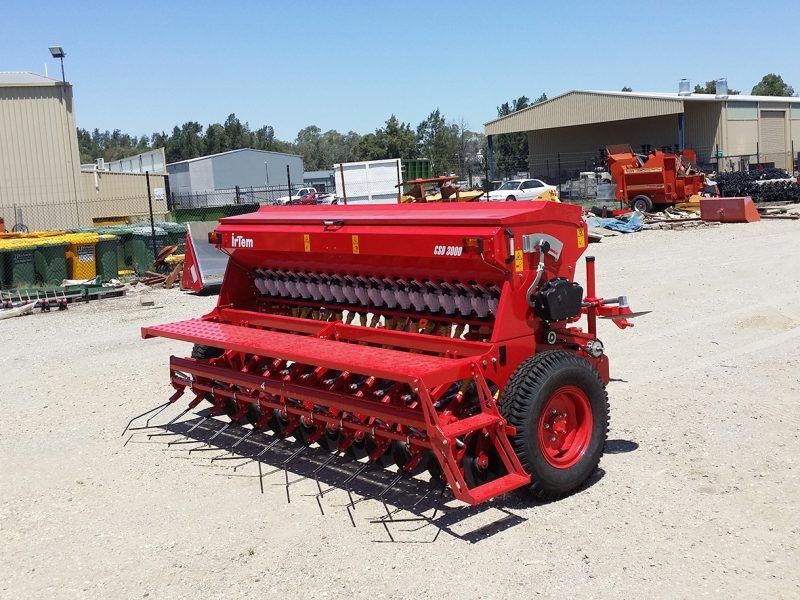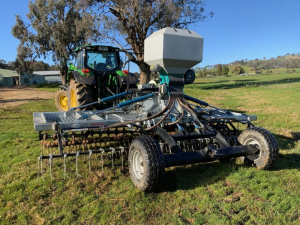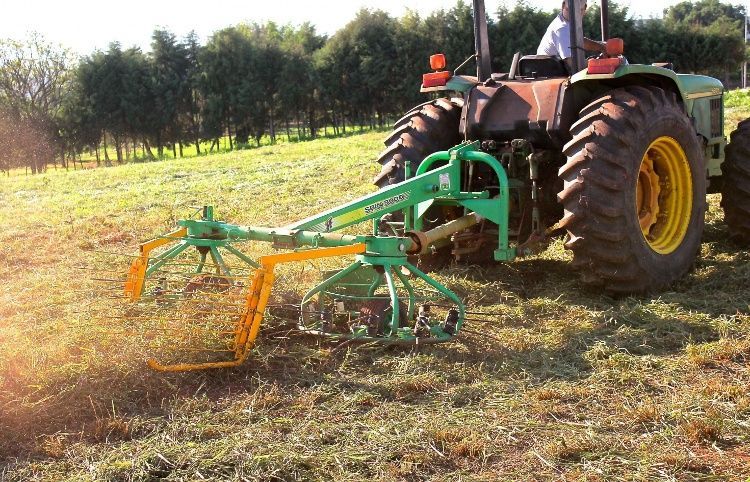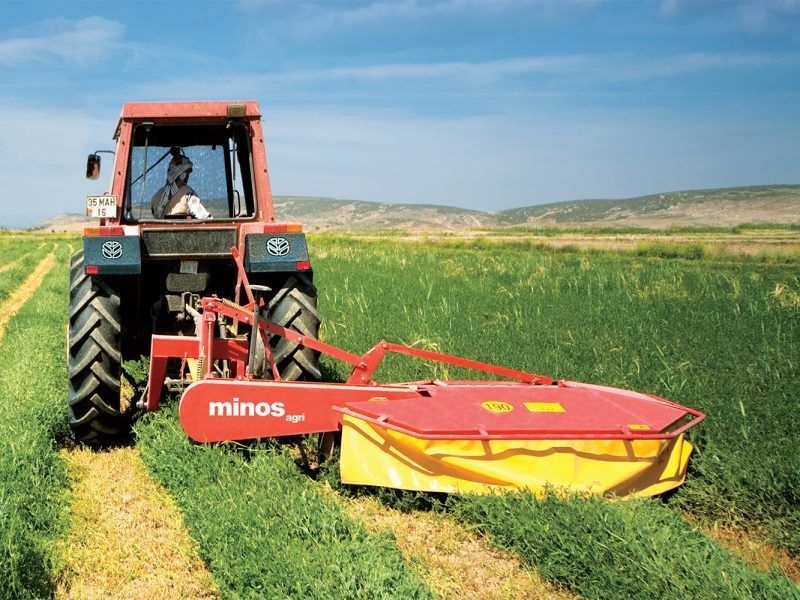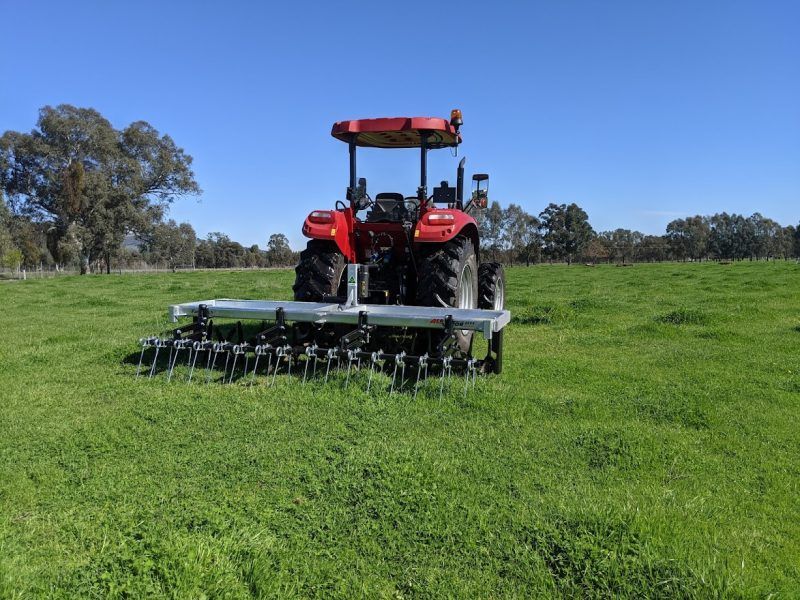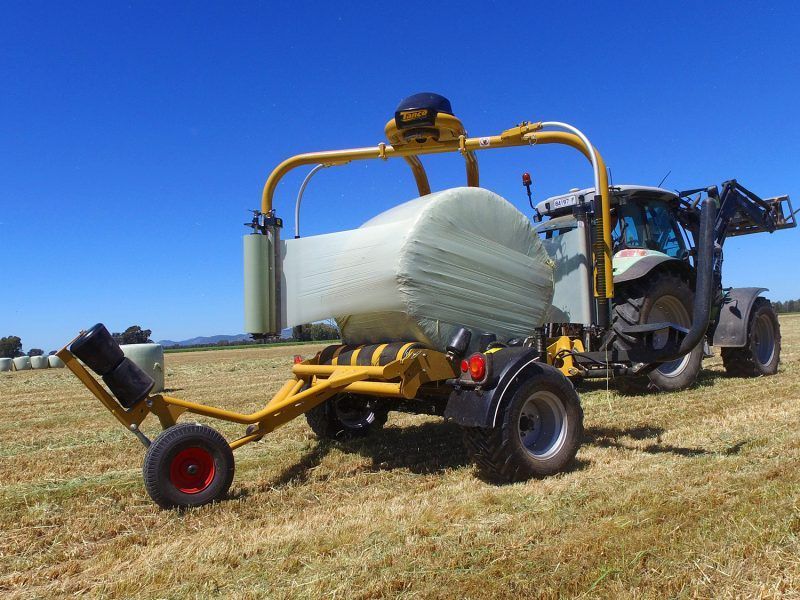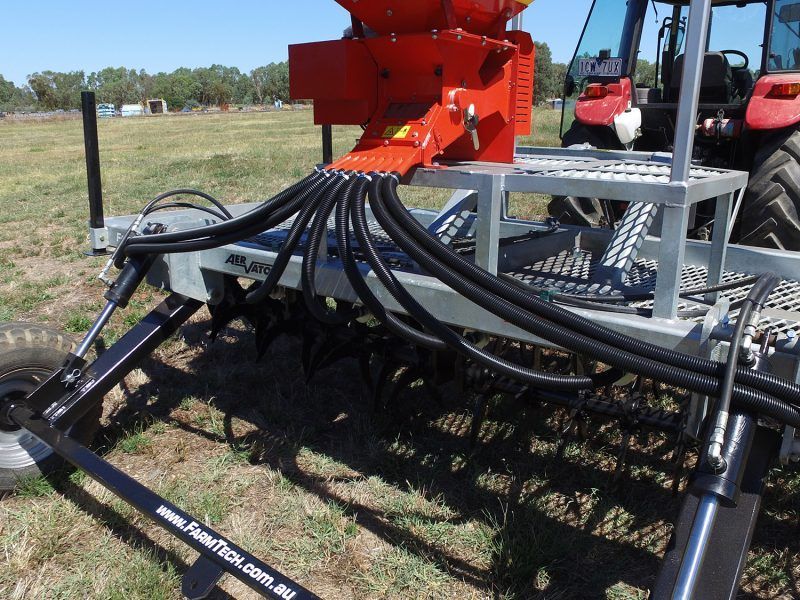Beginners Guide to using a Field Sprayer
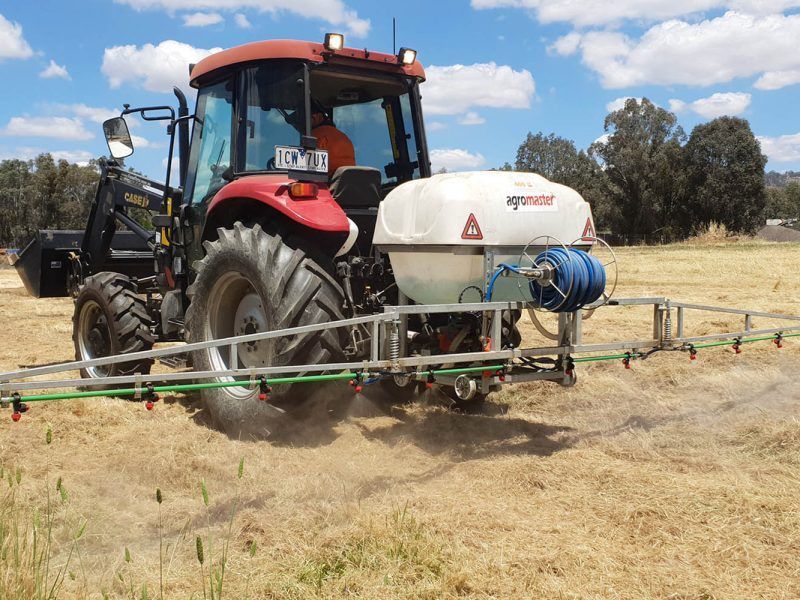
Spraying for pests, weeds and disease prevention is a staple practise in modern farming operations. Although social trends and legislative requirements constantly change and must be carefully taken into account spraying remains a pivotal part to many enterprises’ profitability. The result of ineffective and inefficient spraying practices can lead to substantial financial, biological and environmental costs, resulted from:
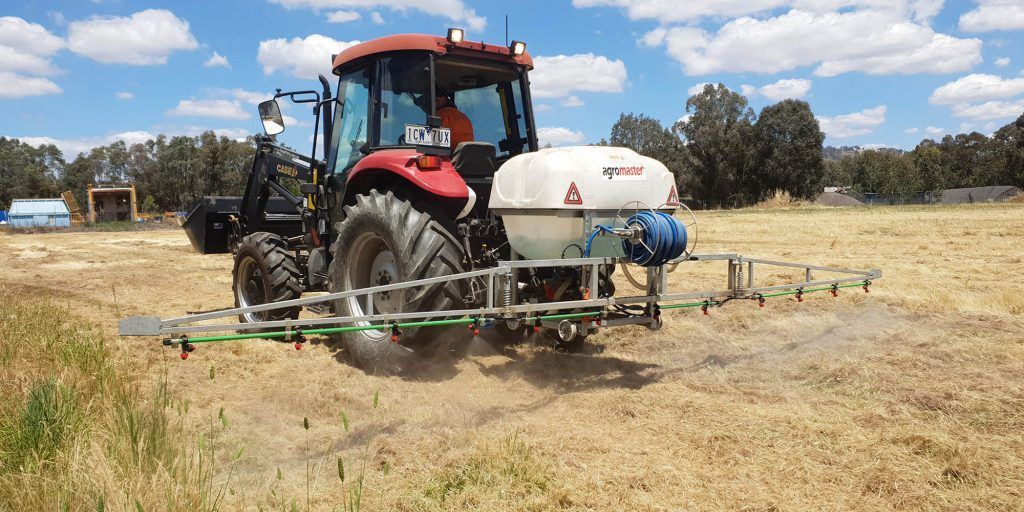
- Under application – Leads to a chemical resistance from weeds and pests (biological cost)
- Over application – leads to inefficient use of inputs (financial cost)
- Ineffective application – Leads to spray drift, application surges (environmental/legal cost)
It is critical that in the current times all guidelines are conformed with and documentation is completed as required. Spraying, although it can be dangerous, with the correct practices and preparation remains a safe and essential part of the agricultural industry.
Preparation:
Once the spray unit has safely been mounted the to the tractor it is essential to check all parts of the spray unit are working as desired. The following checks should be made:
- Tank is clean – Checking the tank is clean and does not have residue chemical from previous use is critical.
- Filters are clean – This is done by removing any filters from the tank to the spray hoses (either side of the pump) and checking for debris/blockages.
- Leaks – To ensure there’re no leaks a test run is conducted. – fill the tank to 10% capacity with clean water and run at 20% higher than standard pressure until empty. – This will exaggerate any leaks that may not be easily visible in normal operating situations.
- Nozzles – At the time of the ‘Test run’ it is also essential that all nozzles are checked for correct even application, if the nozzles are not evenly distributing the water mist you must remove the nozzle and clean in nozzle/filter or replace until effective.
Calibration:
After correct preparation has been conducted its time to calibrate the spray unit for the task at hand. Depending on conditions present and the chemicals/substance used an appropriate nozzle should be chosen, please refer to Tee Jet website for a guide to nozzle selection.
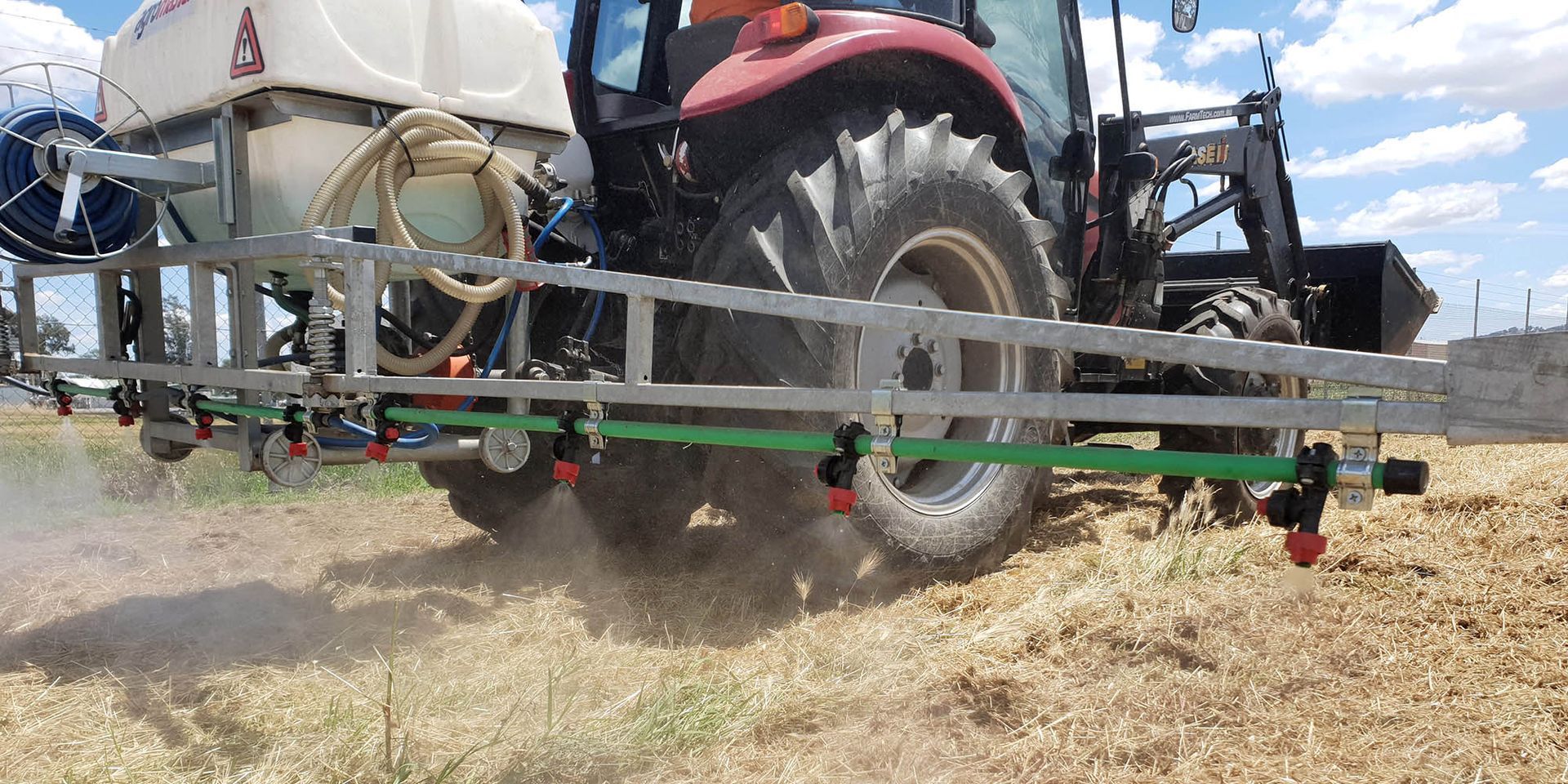
Once the correct Nozzle has been chosen stating the optimum Pressure and operating hight you must calibrate the machine, please see the DPI resource attached for the correct procedure.
Once the machine is confidently calibrated you are ready to get in the paddock and start the job.
Spraying:
When undertaking a spray program, it is essential planning is involved to ensure desired results. To maintain the best results, it is often required that a specific time of the day with correct weather conditions are present. Plants and animals can shut down in some weather conditions resulting in poor uptake of the chemical.
Unfavourable conditions can lead to spray drift or run off. In most circumstances, a mild sunny day with low humidity and low wind present an optimum opportunity for spraying. Being aware of sensitive crops in the region is a required as this will dictate any extra precautions needed. Please see the DPI weed control information for a comprehensive overview into spraying conditions.
Cleaning:
Once the spraying has been successfully completed or a changing of mixtures is required for a new application it is essential that the spray equipment is cleaned. Many pesticides and some herbicides (especially granular) are still active at very low concentrations, further to this many of these chemicals harden and solidify over time if left in the equipment leading to blockages and deuteriation of components. In some cases, household cleaning products are suffice for cleaning of the equipment, however it is required to read the MSDS for the sprays used to obtain if this is the case. Please see the following links for further detail.
Common practice for cleaning of the spray unit is as follows:
- Flush – flush 100L clean water or as seen adequate through the unit.
- Cleaning products – add a quantity of cleaning solution (as directed) crack any seals in the nozzles/filters and run until empty
- Final rinse – rinse another quantity of fresh water through the unit.
- External wash – wash down all external parts of the spray unit and tractor or machine.
- Clean filters – remove and clean all filters and let dry before putting back on.
Once the unit is sufficiently cleaned its ready to be stored away for the next use, proper cleaning will also extend the lifetime of the unit as it will reduce corrosion.
HAPPY SPRAYING.
Learn more about fertiliser spreaders



